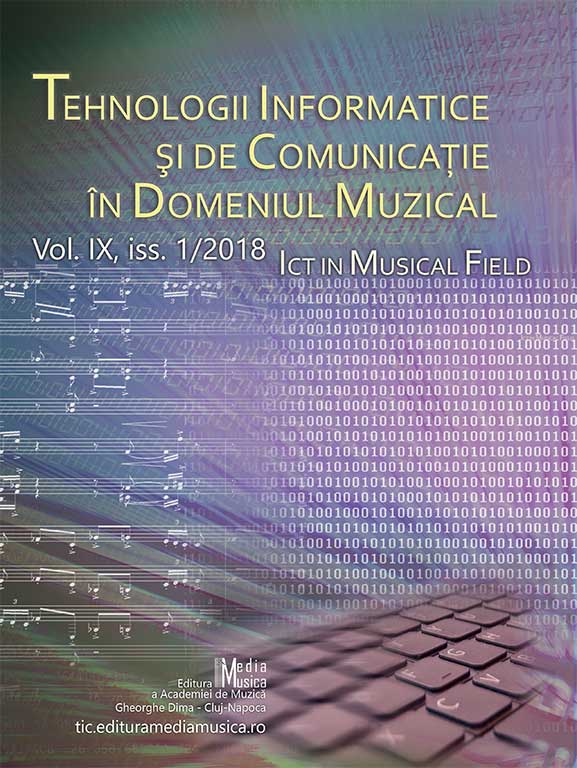Direcții de cercetare neuroștiințifică în terapia prin muzică activă și cea receptivă
Directions of Neuroscience Research in Active and Receptive Music Therapy
Author(s): Constantin Fulvia Anca, Dragulin StelaSubject(s): Fine Arts / Performing Arts, Music
Published by: MediaMusica
Keywords: neuroscience; active music therapy; receptive music therapy; music effect;
Summary/Abstract: In the last decade there has been an increasing interest in music therapy and neuroscience as evidenced by the number of brain imaging studies. Therefore, the scientific approach of music therapy includes the work of doctors alongside that of musicians and psychologists as music comprises cognition processes, emotion, memory, and the individual history of the development of the brain. Brain imaging methods are becoming more sophisticated and provide insights into brain function related to musical feature processing. From the types of music therapy, we focus solely on active and receptive music therapy and directions of research. Active music therapy techniques engage the individual in singing, instrument playing and music composition, while receptive music listening involves no music engagement or active participation. Though, the effect of both could be equally powerful. From a neuroscience perspective, receptive /passive and active music activities differ in the parts of the brain they activate. For example, listening to music engages subcortical and cortical areas of the brain. The individual’s preference for a certain music type affects the brain regions that are activated, making a difference when the music is self-selected or it is chosen by the therapist on scientific criteria. Alongside the development in sciences new methods of measuring and intervention are available, and new directions of research opened up.
Journal: Tehnologii informatice şi de comunicaţii în domeniul muzical
- Issue Year: IX/2018
- Issue No: 1
- Page Range: 35-42
- Page Count: 8
- Language: English, Romanian
- Content File-PDF

